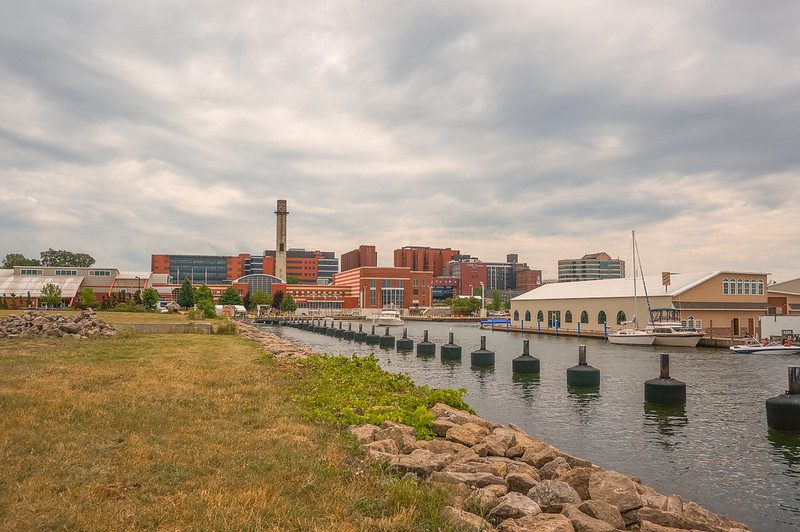Twenty municipalities are developing plans to manage the risks of climate change impacts in their communities, using tools and expertise provided by the Department of Environmental Protection’s (DEP) and ICLEI USA.

“Many Pennsylvania communities have seen significant damage to their homes, businesses, and infrastructure from extreme flooding in recent years,” said DEP Secretary Patrick McDonnell. “We developed an innovative program that enables municipal leaders to proactively address flooding and other climate change impacts, by providing them with personnel and technical training and data to establish local climate action plans.”
Local Governments Supporting Pennsylvania State Climate Goals
Governor Tom Wolf has identified climate change as the most critical environmental threat facing the world and in 2019 set a statewide goal to lower greenhouse gas emissions 80 percent by 2050.
Municipal leaders entered the Local Climate Action Assistance Program during Fall 2019 and were teamed up with college students for assistance in developing plan materials. Using funding from the U.S. Department of Energy, DEP enlisted the national nonprofit ICLEI—Local Governments for Sustainability to provide the teams with training and one-on-one technical assistance.
The municipal/student teams produced greenhouse gas emissions inventories for local governments, calculating current emission levels from sectors such as industrial, residential, commercial, solid waste, and transportation.
They reviewed the strategy recommendations in DEP’s 2018 Pennsylvania Climate Action Plan and identified local climate hazards, such as extreme rainfall and heat days. The teams conducted public meetings and online surveys to engage community members in the climate action planning process.
Putting all this information together, each team is now using a template to draft a local climate action plan to reduce emissions and manage impacts and will share the draft plan with community residents and public officials.
“As we join in celebrating Earth Day with a focus on climate action, we commend the local leaders who are working to protect their communities by adapting to changes already occurring and lessening future risk,” said Secretary McDonnell.
Pennyslvania Communities Taking Climate Action
The following municipalities participated in the 2019-2020 Local Climate Action Assistance Program:
• Etna, Forest Hills, Millvale, Munhall, Sharpsburg, and West Homestead Boroughs and Elizabeth Township in Allegheny County
• City of Reading in Berks County
• Bellefonte Borough and Centre Region Council of Governments in Centre County
• Caln Township in Chester County
• Chester County
• Carlisle Borough in Cumberland County
• Derry Township in Dauphin County
• Erie County
• Indiana Borough in Indiana County
• Jermyn Borough in Lackawanna County
• Armstrong Township in Lycoming County
• Narberth Borough in Montgomery County
• City of York in York County
Utilizng University Student Support
Students from Allegheny College, Dickinson College, Drexel University, Lebanon Valley College, Millersville University, Muhlenberg College, Penn State University, Shippensburg University, Susquehanna University, Temple University, University of Pittsburgh, and Wilkes University participated in the program, assisting municipalities through an online internship format.
Pending funding availability, DEP plans to offer the Local Climate Action Assistance Program for another 20 municipalities beginning in July 2020.
The 2020 Pennsylvania Climate Impacts Assessment, produced for DEP by the Penn State University Environment and Natural Resources Institute, shows the state has experienced a nearly 2° F rise in average temperature, an approximately 10 percent increase in average annual rainfall, and increased frequency of extreme precipitation since 1901.
Based on 2000 data, it’s projected that every county will continue to get warmer and wetter by mid-century, with average rainfall continuing to increase 8 to 12 percent, particularly in winter and spring, while average temperature rises 4.9 degrees Fahrenheit.
CONTACTS:
Deb Klenotic, DEP
717-783-9954
Angie Fyfe, ICLEI USA
angie [dot] fyfe [at] iclei [dot] org